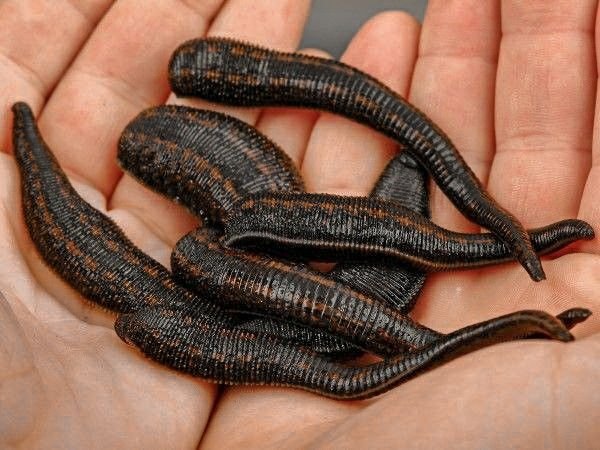
Leech Care: A Comprehensive Guide
Leeches, often misunderstood creatures, are fascinating organisms that require specific care to thrive in both natural and controlled environments. Whether you’re keeping them for medicinal purposes, scientific research, or as pets, understanding their needs is crucial. Here’s a detailed guide on leech care.
Understanding Leeches
Leeches are segmented worms belonging to the class Hirudinea. They are found in freshwater environments, such as ponds, lakes, and marshes. While some leeches are bloodsuckers, others are scavengers or predators of small invertebrates. For care purposes, it’s essential to know the species you are dealing with, as their needs may vary.
Feeding Leeches
Feeding requirements depend on the species:
• Blood-feeding Leeches: These leeches require blood meals, which can be sourced from live animals (like frogs or fish) or provided through commercially available blood products.
• Non-blood-feeding Leeches: These species can be fed with small pieces of fish, shrimp, or specialized leech pellets. Ensure food is small enough for them to consume easily.
• Feeding Frequency: Adult leeches can be fed every few weeks, while younger leeches may require more frequent feedings. Monitor their health and adjust feeding schedules accordingly.
Breeding Leeches
If you wish to breed leeches:
• Conditions: Provide optimal conditions similar to those described above. Some species may require specific triggers for breeding, such as temperature changes or increased food supply.
• Eggs: Leeches lay eggs in cocoons that can be attached to surfaces in the tank. Once hatched, the young leeches will need appropriate food and care.
▎6. Handling Leeches
While handling leeches is not necessary for their care, if you must handle them:
• Gentle Touch: Always wet your hands before touching a leech to avoid damaging their skin. Handle them gently and avoid squeezing.
• Avoid Stress: Minimize handling time to reduce stress on the leeches.
Habitat Setup
Creating a suitable habitat is the first step in leech care:
• Aquarium: Use a glass or acrylic aquarium with a secure lid to prevent escapes. The size will depend on the number of leeches you have; generally, a 10-gallon tank is suitable for small populations.
• Water Quality: Leeches thrive in clean, dechlorinated water. Use a water conditioner to remove chlorine and chloramines. Maintain a pH level between 6.5 and 7.5 and ensure the water temperature is between 20°C to 25°C (68°F to 77°F).
• Substrate: A soft substrate like sand or fine gravel allows leeches to burrow and feel secure. You can also add aquatic plants for shelter and a natural environment.
• Filtration: A gentle filtration system helps maintain water quality without creating strong currents that can stress the leeches.
Maintenance and Care
Regular maintenance is essential for the well-being of your leeches:
• Water Changes: Perform partial water changes (about 20-30%) weekly to keep the water clean and free of waste. Use a siphon to remove debris from the substrate.
• Temperature Monitoring: Use an aquarium heater if necessary to maintain optimal water temperature. Regularly check the temperature with a thermometer.
• Health Monitoring: Observe your leeches for signs of stress or illness, such as lethargy, discoloration, or refusal to feed. If you notice any issues, consult a veterinarian experienced in treating aquatic animals.
